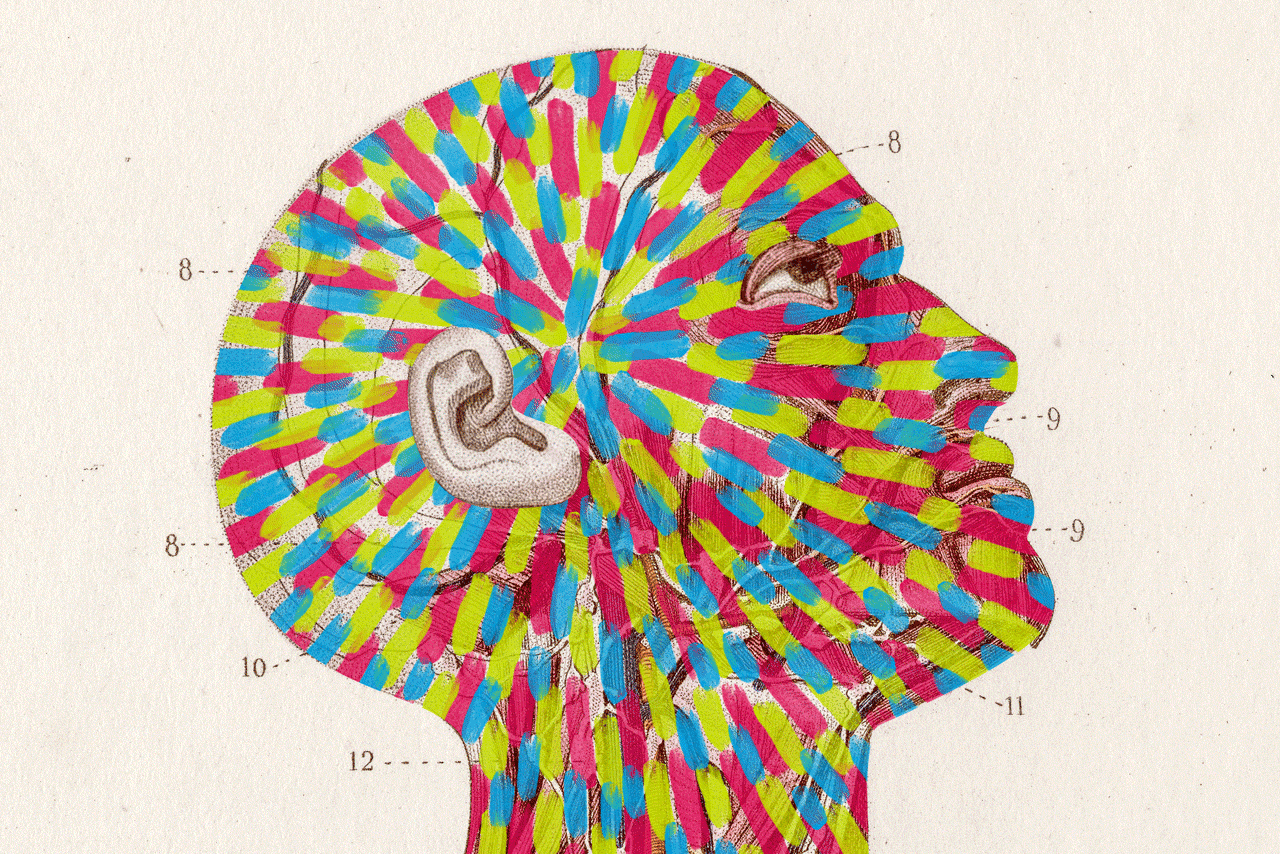‘Hypersexual disorder’ might make DSM-5
- Share via
Reporting from Honolulu — — Tiger Woods’ mistresses. Arnold Schwarzenegger’s secret child. Bill Clinton’s sexual escapades in the Oval Office. Every case of a prominent man risking his family, career and status for extramarital sex raises the question: What were they thinking?
Mental health experts wonder this too, and not just because of the cases that make headlines. Each year, thousands of men and women from all walks of life seek psychiatric help for sexual conduct disorders, said doctors gathered here last week at the annual meeting of the American Psychiatric Assn.
The growing prominence of sexual behavior problems has prompted psychiatrists to consider creating a new type of mental disorder — “hypersexual disorder” — characterized by excessive and risky sexual behavior. It’s being considered for inclusion in the next edition of the Diagnostic and Statistical Manual of Mental Disorders, called DSM-5, due out in 2013.
Clearly, not everyone who makes a dumb decision regarding sex has a mental illness. But enough research has been conducted to verify that hypersexual disorder really exists, researchers said.
Since Woods’ admission of a problem, research on sex addiction has exploded — although it’s impossible to say how much academic interest may have been stimulated by the golfer’s case.
“I have learned more in the past 18 months than perhaps in the previous decade,” said Patrick Carnes, executive director of the Gentle Path program for sex addiction at Pine Grove Behavioral Health & Addiction Services in Hattiesburg, Miss., where Woods is said to have sought treatment for his problematic sexual behavior after his marriage fell apart in 2009.
Research has yielded clues about commonalities in the childhood experiences of so-called sex addicts. A significant number of them experienced some type of mental, physical or sexual abuse as children, experts reported at the APA meeting. Other studies have shown that people with the condition often lacked close relationships early in life.
According to one study presented by Swedish researchers, 92% of men with hypersexual disorders had at least mild depressive symptoms. Both men and women with the condition had lower levels of well-being compared with people without hypersexual disorder. Women with the disorder reported being more emotionally distressed than male patients.
Attention to the problem is growing and coming at just the right time, Carnes said. The widespread availability of pornography on the Internet may be creating ever-younger people with sexual conduct disorders, Carnes said.
“I am seeing patients now in their mid-20s who started doing Internet sexual behavior when they were in the fifth grade,” he said.
Exposure to pornography or sexual activity at a young age can prime the brain to create the need for more sexual stimulation later in life, he said.
“Research shows early exposure to any substance increases the risk of later addiction,” Carnes said. “The same is true of sex addiction.”
Gambling category
Compulsive gambling will likely be grouped with substance-use disorders in the new DSM, the first so-called behavioral addiction to be added to a category that traditionally has been reserved for drug and alcohol problems. Other “behavioral addictions” — including Internet addiction, shopping addiction and exercise addiction — also have more in common with drug abuse than other types of mental disorders, experts said.
Compulsive gambling shares many of the same characteristics as substance addiction, said Dr. Jon Grant, a professor of psychiatry at the University of Minnesota and co-director of the Impulse Control Disorders Clinic there. Like drug addicts, compulsive gamblers show a lack of control, develop a tolerance for the behavior, attempt to stop but can’t, and even have withdrawal symptoms.
“Over time, the gambling becomes less pleasurable and more of a habit or compulsion,” Grant said. But, he added, “they feel horrible if they don’t go gambling. They are trying to avoid a worse state by doing it.”
One major difference between substance addiction and compulsive gambling is that many addicted gamblers are able to quit on their own.
Internet addiction probably won’t be designated as a mental disorder in DSM-5, said Dr. Charles P. O’Brien, chairman of the DSM-5 work group on substance-related disorders and a psychiatrist at the University of Pennsylvania. It may be included in the appendix of DSM-5 as a behavior that needs more research, along with excessive video gaming.
Too little scientific evidence exists to create categories for shopping, work or exercise addictions, O’Brien said.
Compulsive sexual and eating behaviors don’t fit as well into the category of addictions, he said, because an appropriate amount of food and sex is normal. But hypersexual and binge eating disorders are proposed for inclusion in other chapters of the DSM-5.
“It’s not that we don’t think sex addiction and these other things are disturbing to patients,” O’Brien said. “But to keep some kind of meaning to the word ‘addiction,’ we are not recommending these other things be included.”
The word “addiction” has fallen out of favor with psychiatrists anyway. “Addiction” and “abuse” will likely be scratched from the DSM-5 in favor of the term “substance-use disorders.”






